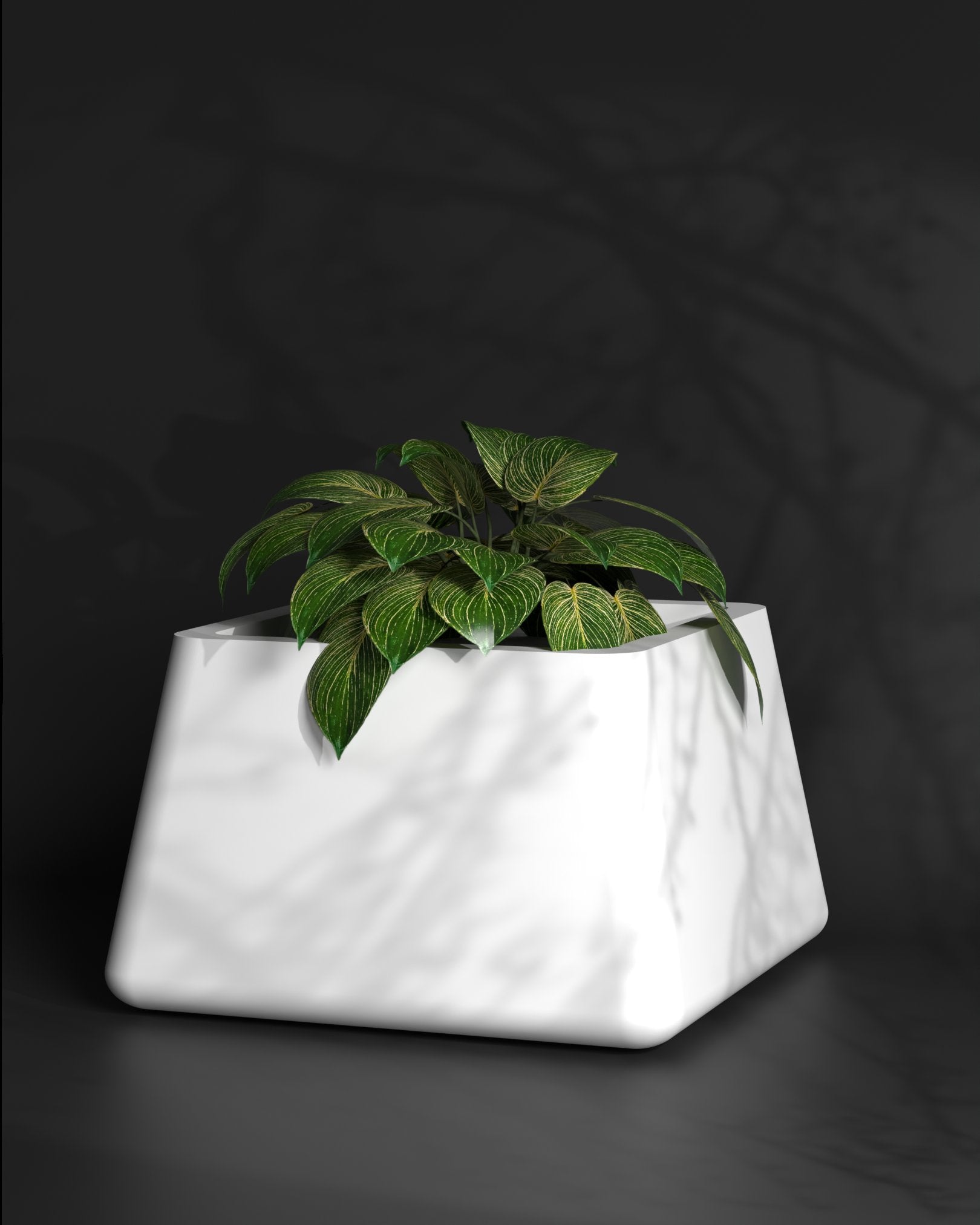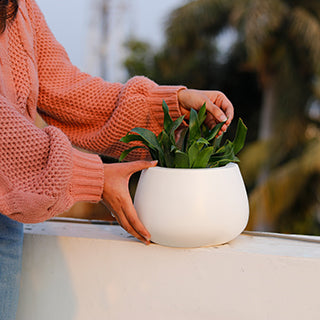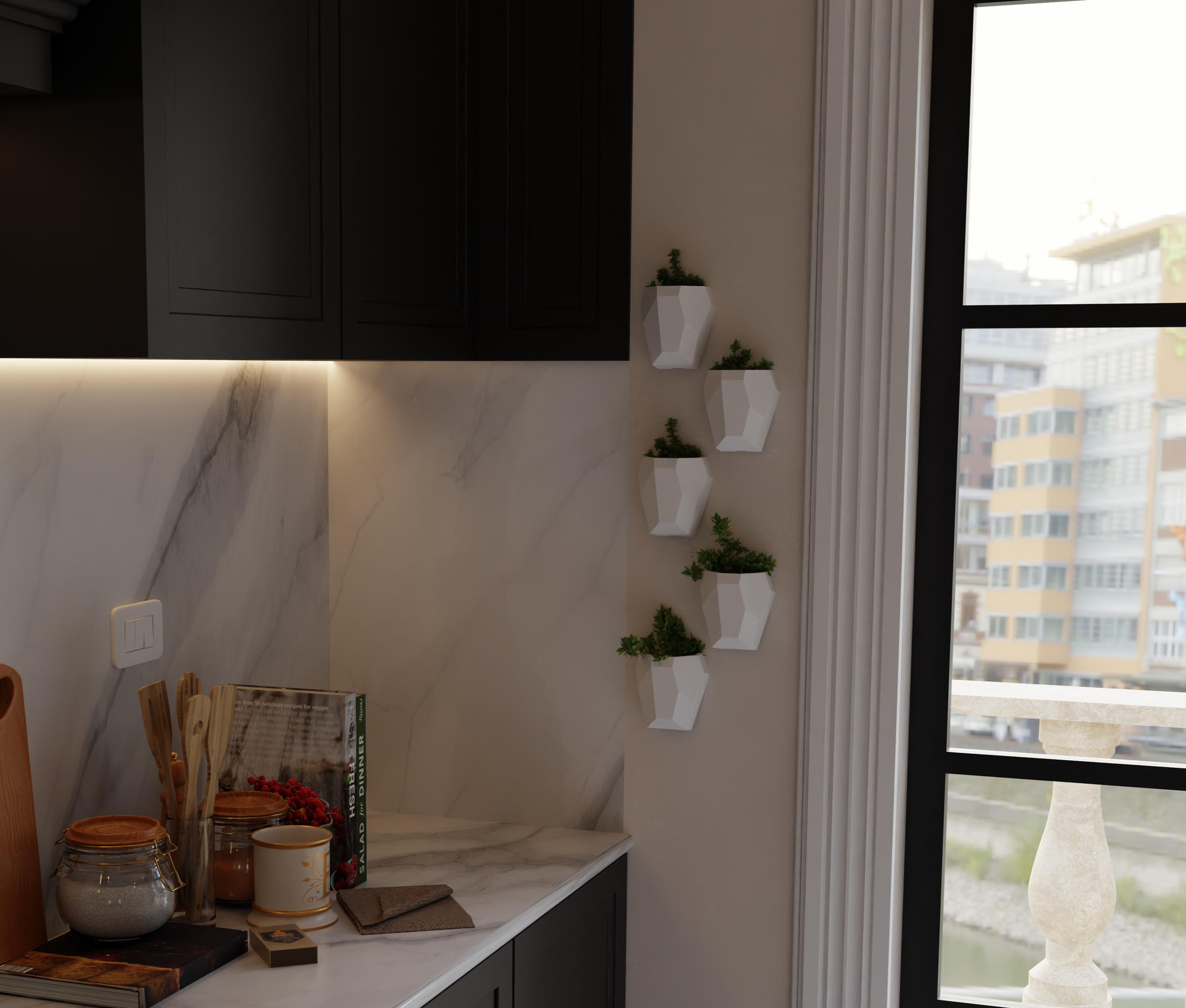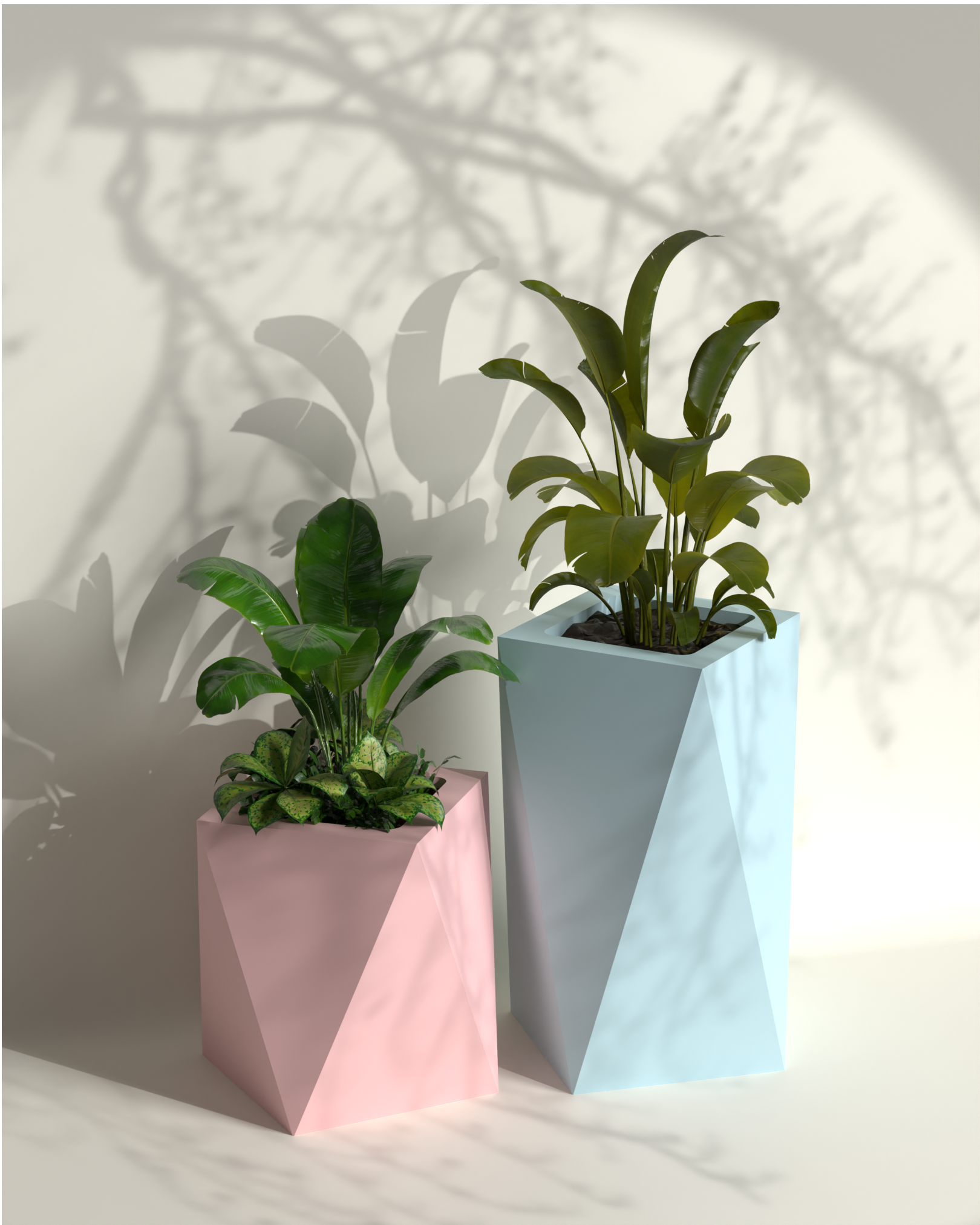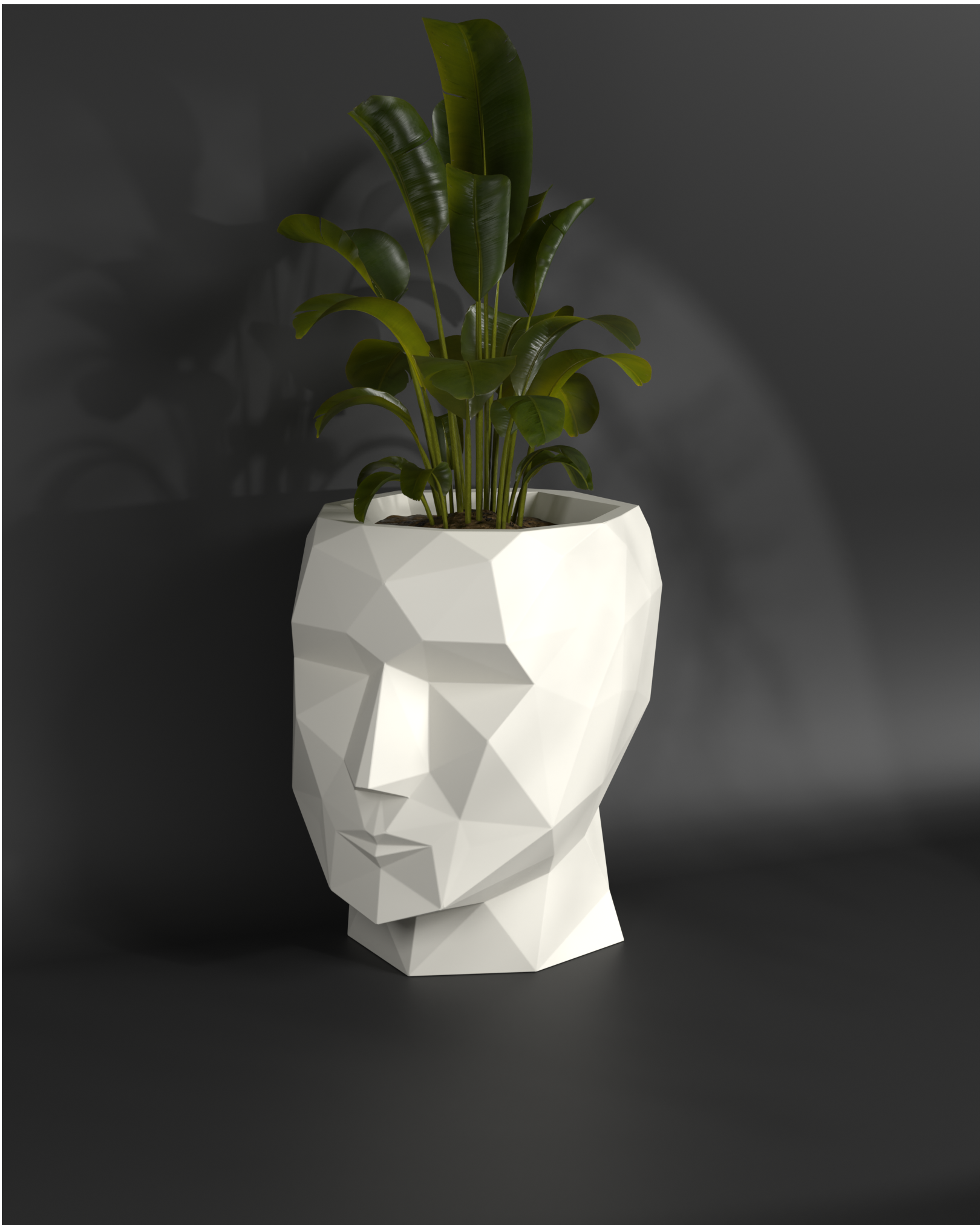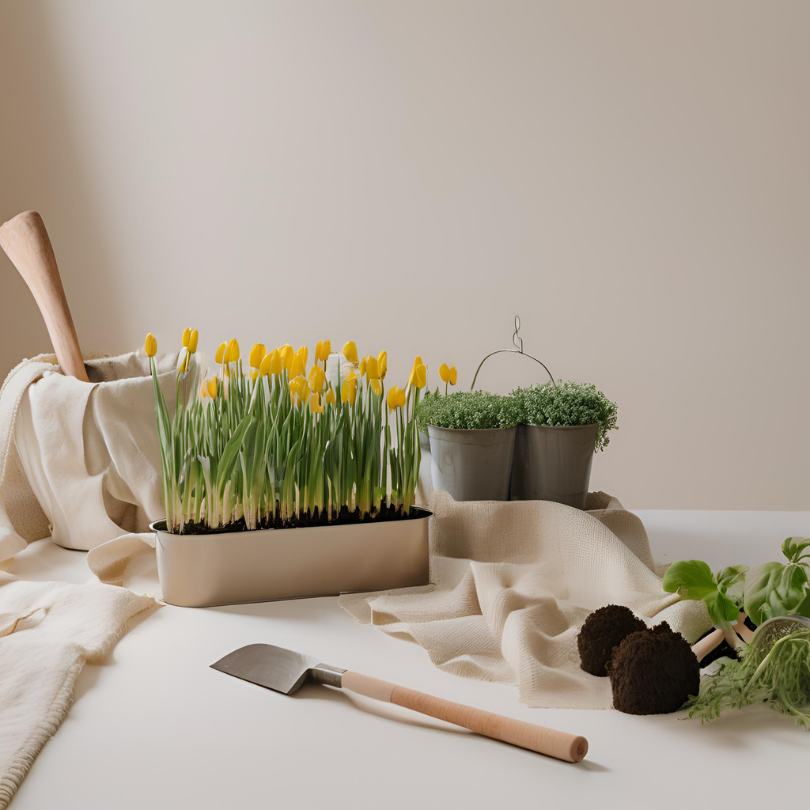
Spring Gardening Tips: How to Prepare Your Garden for the New Season
As the last wisps of winter's chill dissipate, gardeners everywhere eagerly anticipate the arrival of spring. It's a time of renewal, rejuvenation, and reb irth – and your garden is no exception. To ensure a thriving and bountiful harvest, it's essential to prepare your garden for the new season. In this article, we'll explore the essential spring gardening tips to get your garden growing strong, including the benefits of using FRP planters.
Cut Down Plants at the Root
Before you can start planting, you need to clear out any remaining debris from last season. Cut down plants at the root to make way for new growth. This is also an excellent opportunity to adopt the "chop and drop" method, where you chop the plants into smaller pieces and leave them to decompose, adding valuable nutrients to the soil.
Add Soil Amendments and Nutrients
Spring is the perfect time to give your soil a boost. Apply compost or well-rotted manure to enrich the soil and promote healthy growth. If your soil is lacking in nutrients, consider adding fertilizer, but be cautious not to overdo it, especially around perennial plants.
Set Up Garden Infrastructure
As you prepare your garden beds, don't forget to install any necessary infrastructure, such as trellises, stakes, and irrigation lines. This will make it easier to support your plants as they grow and reduce the risk of damage later in the season.
Warm Up the Soil
Before planting, take steps to warm up the soil. You can do this by removing mulch, using black plastic sheeting to trap the sun's heat, or applying a thick layer of compost. Raised beds tend to warm up faster than traditional beds, so take advantage of this if you have the option.
Weed and Prepare the Soil
Thoroughly weed your garden beds to prevent competition for your new plants. Remove any debris, rocks, or weeds, and loosen the soil to a depth of about 12 inches. This will give your plants the best possible start in life.
Organize Your Gardening Supplies and Seeds
Get organized by sorting through your gardening supplies and seeds. Check what you have, what you need, and make a plan for the season ahead. This is especially important if you're starting seeds indoors, as you'll want to ensure you have everything you need to get started.
Plan for Succession Crops
When planning your garden layout, consider succession crops. These are plants that can be planted in succession to maximize your harvest. For example, you can plant cucumbers and summer squash in succession to ensure a continuous supply throughout the season.
Plan for Pests
Finally, don't forget to plan for pests. Research common pests in your area and take steps to prevent them from damaging your crops. This might include using row covers, insect netting, or introducing beneficial insects to your garden.
Using FRP Planters in Your Spring Garden
FRP (Fiber-Reinforced Polymer) planters are an excellent choice for spring gardening. They're durable, lightweight, and resistant to corrosion, making them perfect for outdoor use. FRP planters also offer excellent drainage, which helps to prevent waterlogged soil and root rot.
When choosing FRP planters, look for ones with a sturdy design and a smooth, non-porous surface. This will make it easier to clean and maintain your planters throughout the season.
By following these essential spring gardening tips, you'll be well on your way to a thriving and bountiful harvest. Don't forget to incorporate FRP planters into your garden design to take your gardening to the next level.
